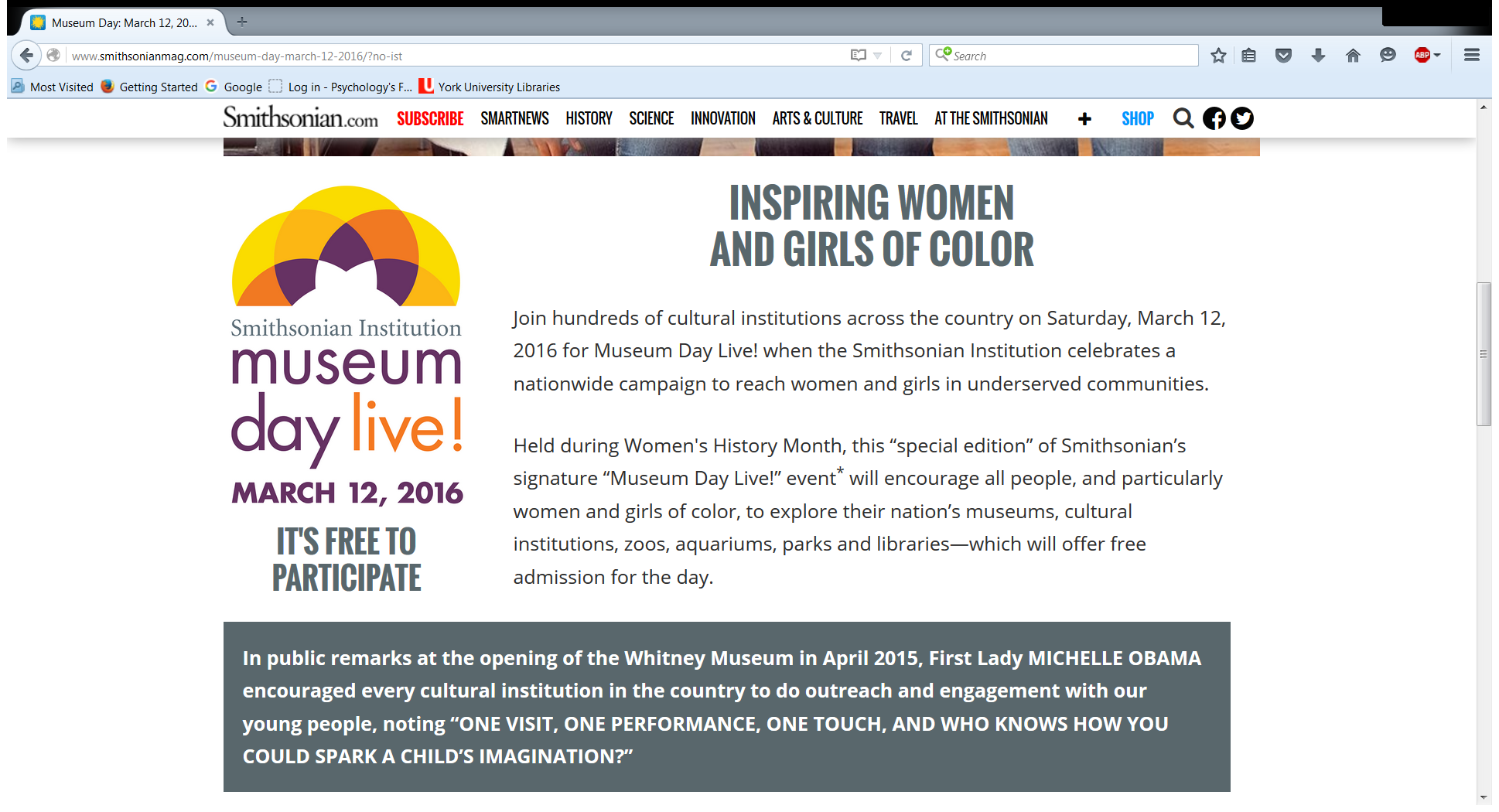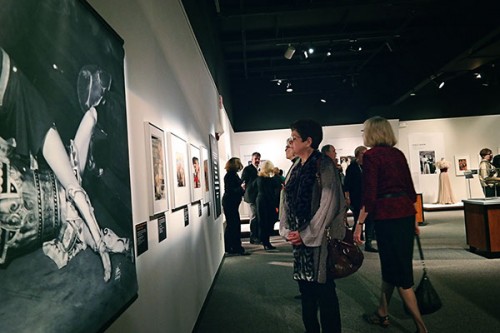I Am Psyched! Pop-Up Museum Explores Contributions of Women of Color in Psychology
Many thanks to guest author Cathy Faye, PhD, assistant director at the Drs. Nicholas and Dorothy Cummings Center for the History of Psychology at the University of Akron for this post!
Museums have the power to present us with unfamiliar and interesting places, spaces, things, ideas, and people. Sometimes, these things are new to us, things we haven’t seen before. Sometimes, we are seeing a new interpretation of something that is otherwise familiar. In both cases, museums show us not only what is, but what is possible. When we learn something new about the world, the boundaries of our places and spaces expand, and we see ourselves fitting into them in new ways.

High-school students explore exhibits at the Museum of Psychology at the Cummings Center for the History of Psychology. Archives of the History of American Psychology, The University of Akron
In 2016, a new pop-up museum experience in Washington, DC will work with this idea of using the past, present, and future to expand our ideas of what has been and what is possible for women and girls of color in the field of psychology.
I Am Psyched!
I Am Psyched! is a collaboration between the American Psychological Association, The Cummings Center for the History of Psychology (a Smithsonian Affiliate), and Psychology’s Feminist Voices. Designed as part of the Smithsonian Institution’s Museum Day Live! initiative, I Am Psyched! focuses on illuminating the past, present, and future of women of color in the field of psychology. Historically, psychology has been dominated by white men. However, the period following World War II and the Civil Rights Movement, women of color entered the field in greater numbers, leaving inspirational stories and paving the way for a more diverse and inclusive psychology.
I Am Psyched! explores these stories and celebrates the legacies of these women through a pop-up museum exhibit, a live-streamed conversation hour with groundbreaking women psychologists, and on-site and virtual learning activities.
The pop-up exhibit, to be installed at the American Psychological Association’s Capitol View Conference Center in Washington, DC, will feature film, sound recordings, images, artifacts, and letters that tell the fascinating story of how women of color have and continue to contribute to psychology.
Alberta Banner Turner, 1909-2008, Archives of the History of American Psychology, The University of AkronFor example, the exhibit will feature the story of Alberta Banner Turner, who received her doctoral degree in the 1930s–the first black woman to earn a Ph.D. from Ohio State University. Throughout her career, Turner fought for racial equality and spoke out loudly against racial injustice.
Turner’s story is just one of many that will be explored through interactive learning stations, where visitors can explore the history of women of color in psychology and participate in activities that encourage reflection on issues of race, gender, and ethnicity in the social and behavioral sciences.
Museum Day Live! Event
The pop-up museum will be launched on March 12, 2016 for the Smithsonian’s Museum Day Live! event. On Museum Day, several prominent women psychologists will lead a conversation hour, which will be recorded and livestreamed. Recognizing that March 12, 2016 is also National Girl Scout Day, we will design activities for participating girl scouts to earn their own Museum Day-related merit badge by interacting with the exhibits in various ways. We are excited to be able to highlight the rich history and path-breaking contributions of women of color to psychology to inspire the next generation of psychologists.





















